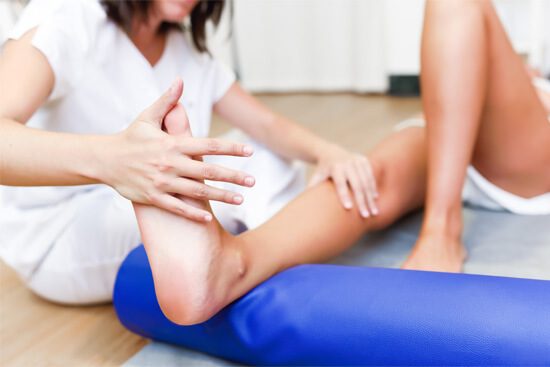What is home physical therapy?
Physical therapy services provided by physical therapists who are experts in the field are called home for patients who have difficulty going to clinics and hospitals within TRNC. This service is typically provided to the disabled, paralyzed or critically ill and aims to make life easier for patients and their families. Physiotherapy at home, which accelerates the recovery process in stable patients and provides experience to those caring for them, should be performed under the supervision of a specialist physician. This is very important, especially in terms of regaining lost physical abilities in the patient.



